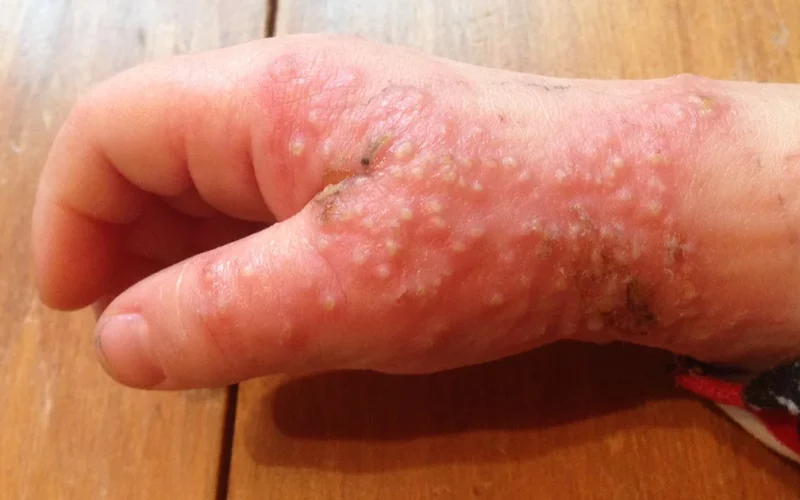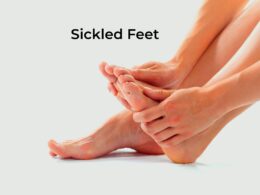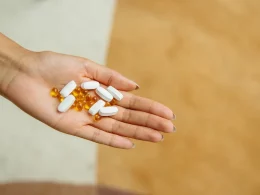You may be intrigued about the significance of some of the medical terms that seem strange or mysterious to you. The word “blisterata” is one that may have caught your attention. In this post, we will investigate blisterata in great detail, looking into its origins, investigating its effects on human health, and learning all we can about it. Let’s go off on this educational adventure together.
Introduction to Blisterata
Blisterata, also known as “blister formation,” refers to the creation of fluid-filled sacs on the skin’s surface or in the deeper layers of tissue and is a frequent medical disorder. Blisters like this are common on the feet, hands, and other pressure- or friction-prone parts of the body.
Types of Blisterata
Surface Blisterata
The epidermis, the skin’s outermost layer, is the primary target of surface blisterata. Common triggers include rubbing, burning, or contact with irritants. Even while surface blisters hurt, they usually heal rapidly.
Deep Tissue Blisterata
Blisters occur in the dermis and other subcutaneous tissues in patients with deep tissue blisterata. This blisterata often occurs as a result of more serious injuries like burns or deep abrasions.
Causes of Blisterata
Friction and Pressure
Friction and pressure on the skin is a typical cause of blisterata. Blisters can be caused by poorly fitting shoes, constant rubbing, or constricting clothes. As a result of the rubbing, tiny spaces form between the skin’s strata, where fluid can collect.
Thermal Factors
Blisterata can also be brought on by being exposed to extremely high or low temperatures. Blisters can occur after being exposed to either extremely hot or cold temperatures.
Chemical Irritants
Blisterata is an irritation of the skin caused by contact with certain chemicals and substances. Chemical burns can result in excruciating blistering and necessitate emergency medical care.
Symptoms and Diagnosis
Visible Signs
Blistering on the skin is the most noticeable sign of blisterata. These blisters manifest as colored or itchy bumps with a raised, fluid-filled sac within. Blisters can range from being little and barely noticeable to being huge and excruciatingly painful.
Medical Examination
It may be important to see a doctor if the blisterata is severe or if the reason is unknown. A medical expert will examine the blisters and make a diagnosis based on their severity, location, and other factors.
Treatment Options
Home Remedies
Blisterata is treatable at home if caught early. The blister can heal faster if the afflicted region is cleaned with mild soap and water, an antibiotic ointment is used, and the blister is covered with a sterile bandage.
Medical Interventions
Blisterata that becomes severe may need medical treatment. Large blisters can be drained by medical professionals, and they can also administer pain medication and wound care to help avoid infection.
Prevention Strategies
Proper Footwear
Blisterata, especially on the feet, can be greatly reduced by selecting properly fitted shoes and using suitable socks. Proper footwear reduces the amount of stress placed on the feet.
Skin Protection
Blisterata are widespread in environments with high levels of friction or exposure to irritants, thus it is important to take precautions by wearing protective gear or using cushioning.
Blisterata in Sports
Due to constant mobility and friction, blisterata are common among athletes and sports fans. Blisterata are painful sores that may be avoided with the right footwear, blister prevention solutions, and regular foot care.
Blisterata in Everyday Life
Blisterata can also be acquired from regular daily activities including gardening, cooking, or hard work. To a large extent, this condition may be avoided if people are aware of the risk factors and take the necessary precautions.
Complications and Risks
Blisterata is normally not serious, but it can lead to serious problems if left untreated. Blisters, if left untreated or inadequately handled, can lead to infection, scarring, and persistent pain.
Conclusion
Although prevalent, blepharitis may be a frustrating and unpleasant ailment. To lessen its effect on your life, learn about its origins, manifestations, and preventative measures. Always put on the right shoes, use sunscreen, and get medical help if you need it. The blistering agent blisterata can be avoided with proper understanding and care.
FAQs
1.Can I pop a blisterata at home?
One, you shouldn’t pop blisters at home since you run the danger of spreading infection. If you need help figuring out what to do, go to a doctor.
2.Are blisters always painful?
First, the discomfort or agony caused by a blister can range from mild to severe, depending on how hard you press on it.
3.Is blisterata contagious?
To begin with, blisterata is not a communicable disease. There is no contagious stage.
4.How long does it take for a blisterata to heal?
The length of time it takes for blisterata to heal is condition-specific. Blisters of varying sizes might take different amounts of time to cure.
5.Can I prevent blisterata when hiking long distances?
Wearing moisture-wicking socks, properly fitting hiking footwear, and utilizing blister-prevention items like moleskin will help lessen the likelihood of blisterata when hiking.





